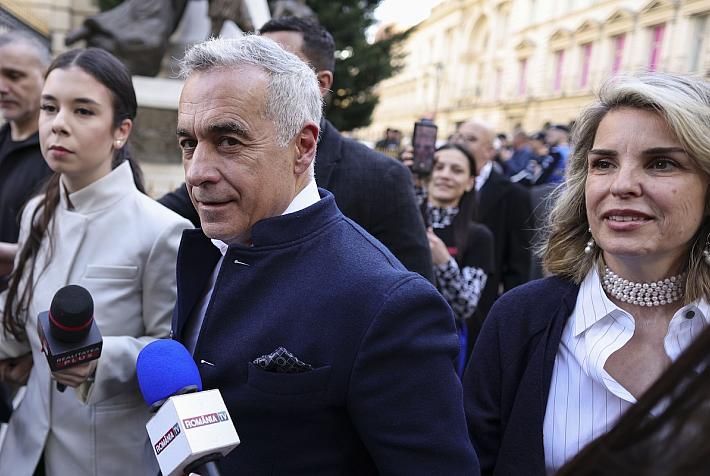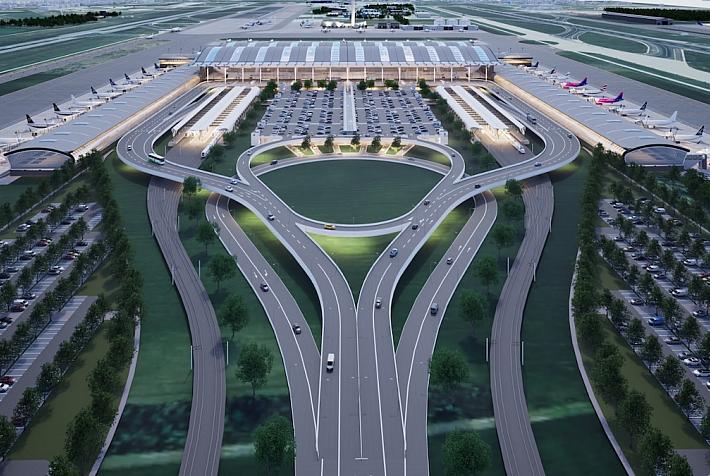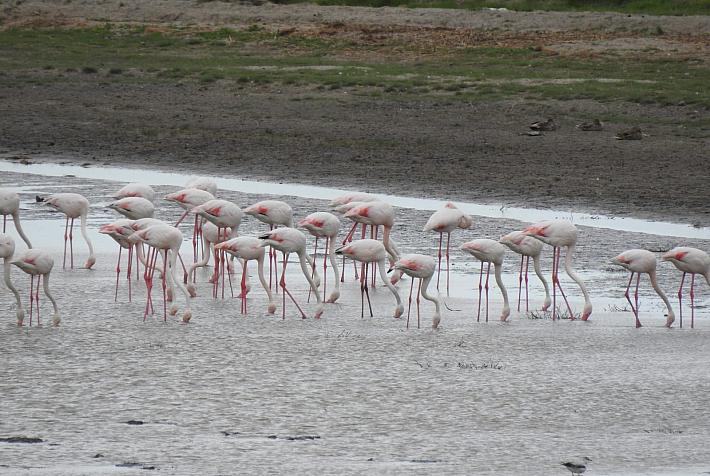Bucharest in one day: the Romanian Atheneum

 The premises of the current Atheneum used to host a monastery built in 1764 by Mihai Cantacuzino, the son of Matei Cantacuzino Magureanu. The monastery was surrounded by an orchard named Vacareasca's Orchard, taking by the name of Mihai's wife, Elena Vacarescu, who had received it as dower.
The premises of the current Atheneum used to host a monastery built in 1764 by Mihai Cantacuzino, the son of Matei Cantacuzino Magureanu. The monastery was surrounded by an orchard named Vacareasca's Orchard, taking by the name of Mihai's wife, Elena Vacarescu, who had received it as dower.
In 1776, upon leaving to Russia, Mihai Cantacuzino gave the monastery to the Rimnic Episcopacy. But the church ended up in ruins and was demolished in 1864-1865. The Episcopacy Gardens were created instead. The Gardens were inaugurated in 1870 and four years later, the Romanian Equestrian Society laid the foundation for a manege. In 1856, the Romanian Atheneum Society was created under the leadership of Constantin Esarcu. The society received the foundation to continue the building but turn it into the Atheneum instead. The financing was raised through a public lottery under the well-known slogan 'Give a leu for the Ateneu'. ('Leu' is the name of the Romanian currency)
The Atheneum was built between 1886 and 1888 based on the French architect Albert Galleron's plans. Romanian architect Constantin Baicoianu was Galleron's right hand, while the forge was planned by German architect Schwalbach.
The interior displays 25 frescos painted by Costin Petrescu at the end of the 30s. The frescos depict the most important scenes in the Romanian history.
The most important moment in the history of the Romanian Atheneum was on December 29, 1919, when the first Chamber of the Great Romania ratified the unification of Basarabia, Transylvania and Bucovina to Romania.
romania-insider.com
(Photo source: Corina Saceanu/romania-insider.com)











